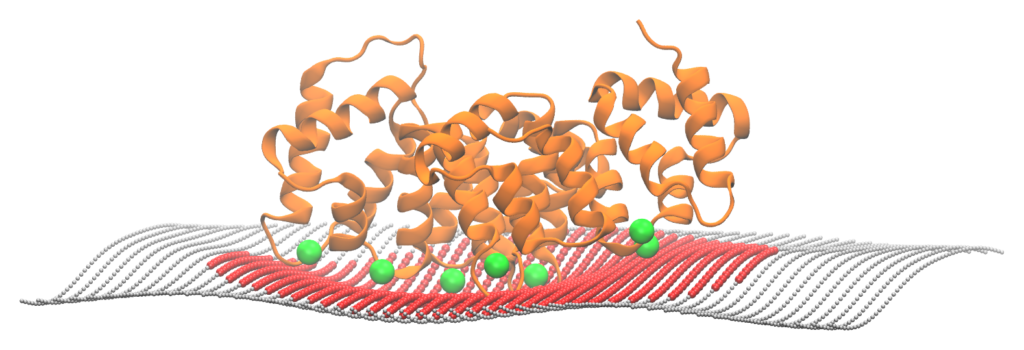The plasma membranes (PM) of cancer cells are under intense rupture stress due to increased metabolic and cell division rates, and the increased membrane dynamics resulting from invasive behaviour through dense extracellular matrix. To maintain membrane integrity, cancer cells over-express plasma membrane repair machinery, which all eukaryotic cells employ to cope with membrane disruptions. Members of the annexin (ANXA) protein family are Ca+2-sensitive phospholipid-binding proteins that initiate and regulate membrane repair. Dysregulated PM repair is also involved in other diseases such as muscular dystrophies and Chediak-Higashi syndrome. Despite the essential function of membrane repair in maintaining cell survival, PM repair mechanisms in healthy and diseased cells remain poorly understood. Using all-atom and coarse-grained MD, we aim to elucidate fundamental biophysical mechanisms of plasma membrane repair with particular focus on the disruption of these repair mechanisms in cancer cells. We expect to improve our understanding of how ANXAs repair membranes lesions, and how such repair mechanisms can be compromised in cancer cells using small molecules that inhibit ANXA mediated repair, potentially leading to unique anticancer treatments. The project is funded by the Novo Nordisk Fonden, and is a close collaboration with the Danish Cancer Society and the Niels Bohr Institute in Copenhagen, and Adam Simonsen at SDU.

Relevant Publications
Zanjani et al. Engineering a membrane-binding protein to trimerize and induce high membrane curvature. Biophysical Journal, 122(14):3008–3017, 2023
Anne Sofie Busk Heitmann, et al. Phenothiazines alter plasma membrane properties and sensitize cancer cells to injury by inhibiting annexin-mediated repair. Journal of Biological Chemistry, 297(2):101012, August 2021
Florentsen et. al. Annexin a4 trimers are recruited by high membrane curvatures in giant plasma membrane vesicles. Soft Matter, 17(2):308–318, 2021
